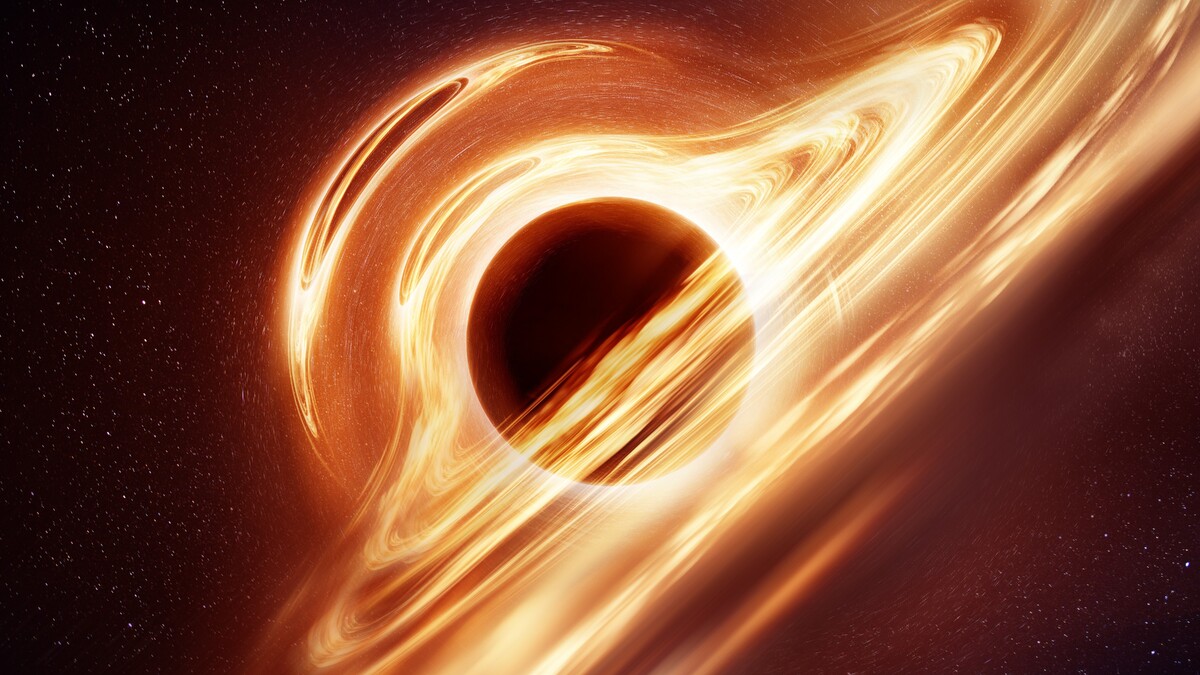Astronomers Watch Supermassive Black Hole Turn On for First Time

The finding which appeared in the journal Astronomy and Astrophysics will provide insights into the processes powering active galactic nuclei, or AGN, which occur when supermassive black holes consume enormous amounts of material, becoming bright enough to be seen clear across the cosmos (SN: 6/18/20).
Located 300 million light-years from Earth, SDSS1335+0728 first caught scientists’ attention in December 2019, when the Zwicky Transient Facility at Palomar Observatory in California noticed it brightening dramatically in optical wavelengths.
“At the beginning we thought, ‘Okay, this is a normal AGN candidate,’” says Paula Sánchez Sáez, an astrophysicist at the European Southern Observatory in Garching, Germany. But archival data stretching back 20 years revealed that SDSS1335+0728 hadn’t previously shown signs of activity.
Black holes can light up when they rip apart and consume stars, a phenomenon known as a tidal disruption event (SN: 5/16/22). As material from the demolished object spins around the black hole, it heats up and produces bright radiation. Such events are relatively short lived, lasting a few days or months at most. Yet Sánchez Sáez and her colleagues watched SDSS1335+0728 remain luminous for the next few years.
The team was gearing up to publish their findings when, in February, the space-based Neil Gehrels Swift Observatory watched SDSS1335+0728 begin glowing in X-rays. Other facilities caught it turning on in a variety of other wavelengths.
“All the data we have in hand seems to tell us that we are observing the formation of an AGN for the first time,” Sánchez Sáez says.
It’s possible that SDSS1335+0728 is consuming a smaller satellite galaxy that fell into it, though at this point it’s still unclear exactly what’s going on. The researchers hope to conduct follow-up observations using NASA’s James Webb Space Telescope, or future facilities like the Extremely Large Telescope, which should allow them to watch how gas is moving around the black hole and potentially help explain what they’re seeing.
“We hope that from this source we will be able to learn how AGNs become AGNs, and how supermassive black holes grow,” Sánchez Sáez says.
4155/v





















